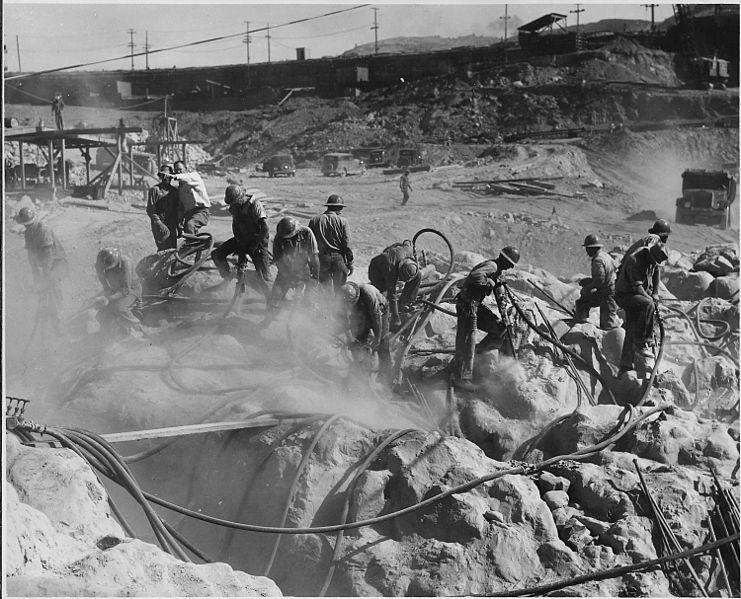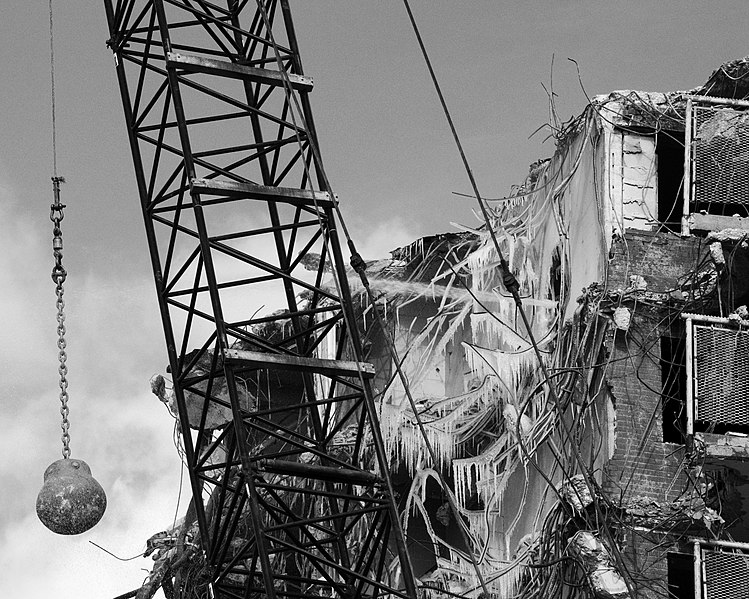Where Construction & Technology Converge

We live in a world where there is a technical solution for most of our problems.
You need fast communication, you no longer send a pigeon or letter, you pick up the phone or open your laptop and call, email, fax or send a message to someone. It is slowly becoming the same concept in the construction industry not only with technology but machinery as well.
Technology has reduced our life cycle as well as cost of a project drastically. Completion time, quality as well as safety have all improved through technology. Such improvements could not have come at a better time since construction projects are becoming increasingly complex and expensive putting construction teams under a great amount of pressure to reduce costs, time-lines and efficiency.

Many construction companies have begun incorporating new construction technologies into their daily activities and most of these daily activities consist of software or programmes for digital collaboration. A perfect example of this would be our very own Leads 2 Business information platform. Subscribers all over Southern Africa relay on Tender and Project information being published daily in order to attend Site meetings, meet Closing dates, obtain Bidders Lists, Site Attendance Registers and Bill of Quantities (BoQ’s).
Following Projects from Conceptual through to Completion on the L2B information platform can save a great amount of time, energy and costs.

A simple laptop or computer allows contractors as well as consultants to install many costing, design and performance programmes which allows them to use design, pre-construction or operations and management programmes, minimizing many obstacles along the way. Computer aided designing helps in flawless buildings as computer stimulation problems can be found and resolved before constructing buildings physically. Can you imagine building a whole puzzle only to find that you had one single puzzle piece place incorrectly? This would include you taking the whole puzzle apart only to reshuffle the whole puzzle to create your perfect complete picture.
With the economic challenges that are being faced, typically it is the companies that have the ability to adapt and utilize technological change that hold a huge competitive advantage over the rest of the construction companies. Technology has and will continue to become a strategic and long term asset for any construction company.
“Where can we find greater structural clarity than in the wooden buildings of old? Where else can we find such unity of material, construction and form? Here, the wisdom of whole generations is stored.”
Sources
Beyond Design
Construction Exec
Mckinsey
If you are interested in becoming one of our subscribers, please visit Leads 2 Business.
To view notes with screenshots on how to use our website, please visit the Leads 2 Business Wiki.
To view more articles, please visit the Leads 2 Business Blog.
My Name is Roxanne Mustard and I started working at Leads 2 Business in September 2016. My role in the Leads 2 Business team is as a Regional Content researcher in the Projects Department.















